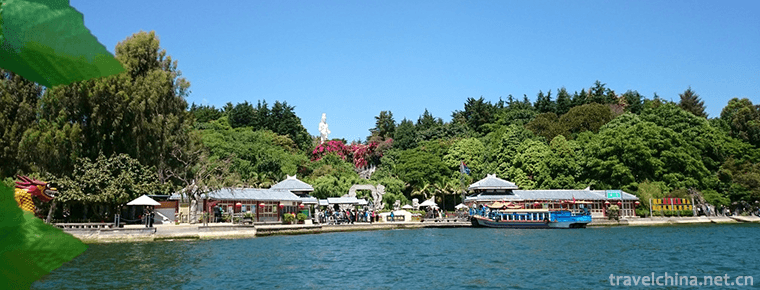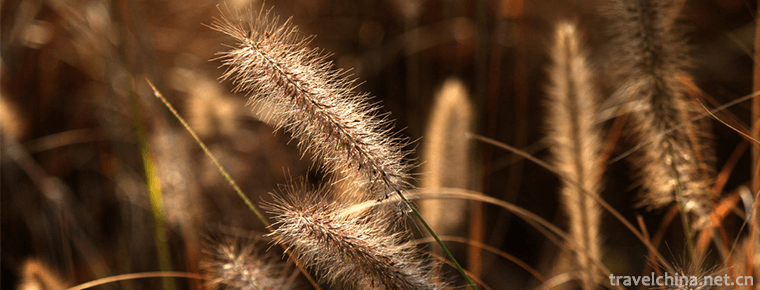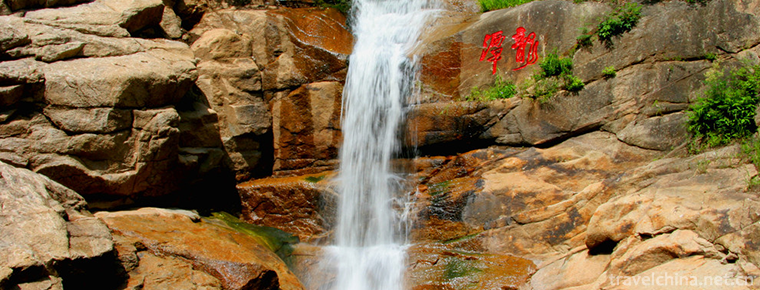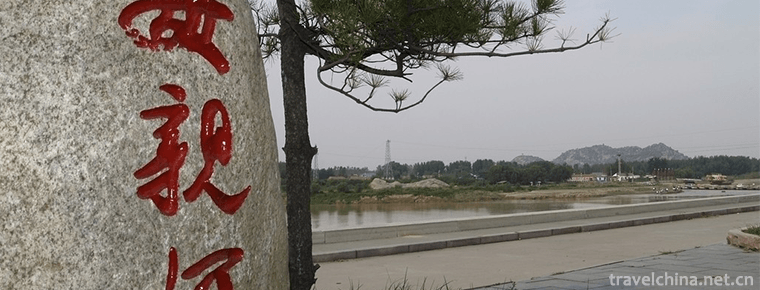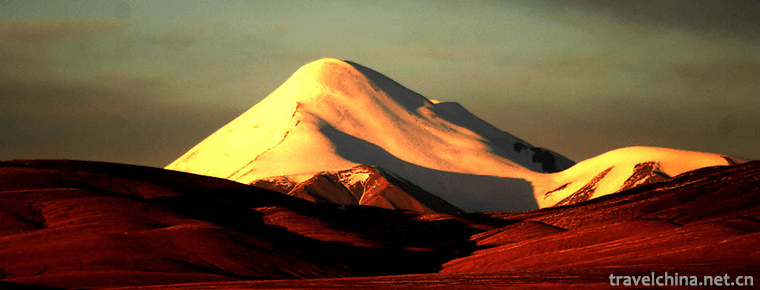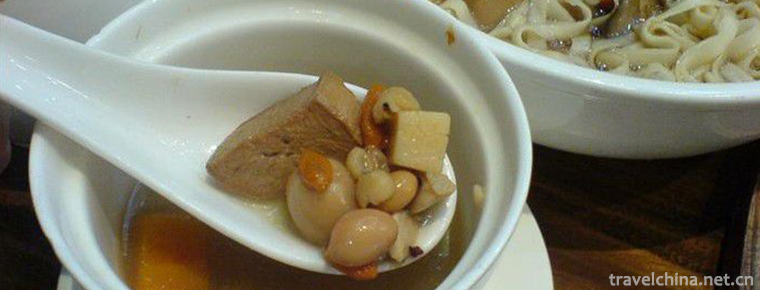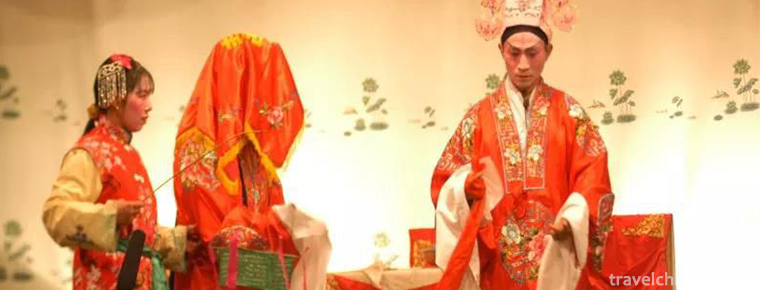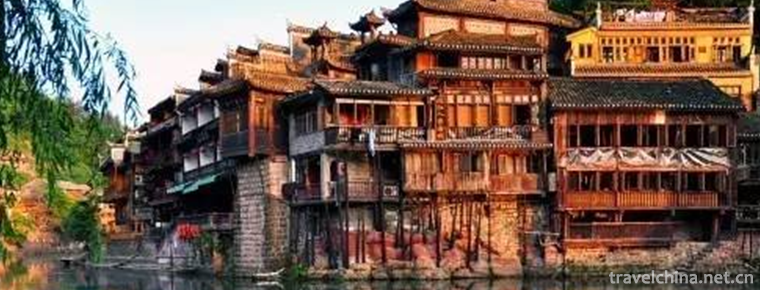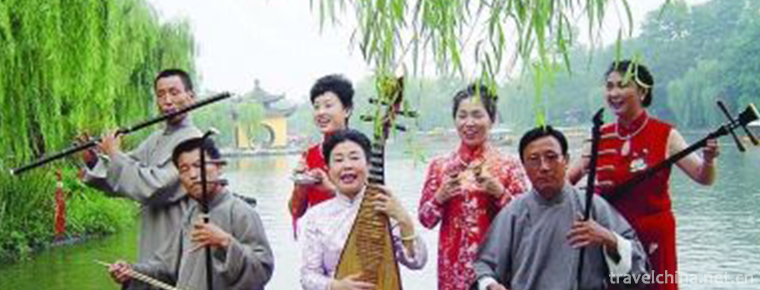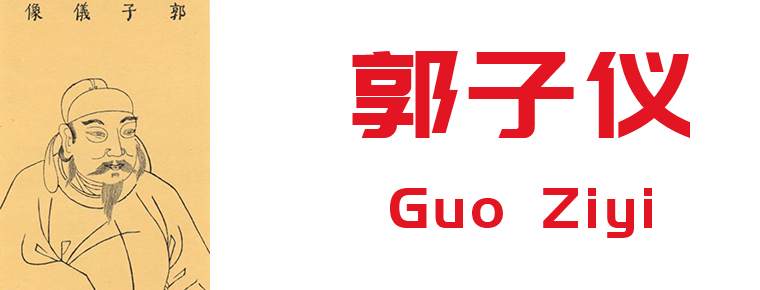Hunan Provincial Museum
Hunan Provincial Museum
Hunan Museum is the largest museum of history and art in Hunan Province. It covers an area of 49,000 square meters and has a total floor area of 91,000 square meters. It is the first batch of state-level museums. It is one of the eight national key Museums jointly constructed by the central and local governments, the advanced collectives of the national cultural system and the advanced collectives that have made outstanding contributions to the construction of strong cultural provinces.
Since its establishment, Hunan Museum has taken protecting and inheriting excellent history and culture as its responsibility, collecting, collecting, researching, displaying, educating and serving cultural relics. Over the years, as a cultural landmark of Changsha City, she has attracted thousands of tourists. It is a national key Museum representing the civilization of the Chinese region. It is also an important window for people to understand the process of Huxiang civilization and understand the mystery of Huxiang culture.
After more than half a century of construction and development, Hunan Museum has made remarkable achievements in exhibition, social education, public service, literary creation and development, operation and management. It has become one of the most influential museums in China and one of the most advanced museums in the world. On October 11, 2018, it was selected as the "National Practical Education Base for Primary and Secondary School Students".
Development history
In 1897, the Chenzhou Society established the Chenzhou Society Museum.
Initiated by Zhao Erxun, governor of Hunan Province in 1904, the gentry Liang Huankui and Longjurui raised funds to set up a museum in Yuanyuan Province, which was co-operated with libraries and educational libraries. It is called "Hunan Library and Education Museum". It mainly displays human and animal models. About a year after its opening, the Museum of Education was partially revoked.
On June 24, 1924, the Museum of Hunan Provincial Education Council opened.
In 1927, it was officially named Hunan Provincial Museum.
It was destroyed by war in 1930 and has not been restored since.
In March 1951, Hunan Museum Preparatory Office was founded in Baiqin Garden in Liufangling, Changsha.
In 1956, the martyr park in Northwest Changsha was built and opened. Aiming at the construction of "Geographical Museum", collecting and displaying cultural relics and standards reflecting Hunan's history, culture, folklore, art and natural resources were carried out. Six major exhibitions were held, including "Hunan Mineral Resources", "Hunan Agricultural Resources", "Hunan Handicrafts" and "Hunan Chu Cultural Relics". Among them, Chu relics collection and Hunan modern celebrity collection are one of the major archaeological discoveries in China and even the world in the 20th century.
From 1972 to 1974, the excavation of Mawangdui Han Tomb, one of the most important archaeological discoveries in China and even in the world in the twentieth century, was of great significance to the development of Hunan Museum. The discovery and unearthing of thousands of exquisite cultural relics and well-preserved female corpses of the Han Dynasty has made the Hunan Museum the focus of world attention and received the government's attention and social support.
In 1973, the Hunan Museum built a new warehouse with a building area of 3510 square meters (later transformed into a place for protection and display), which played a key role in protecting and displaying the cultural relics unearthed from Mawangdui Han Tomb for nearly 30 years.
In 1971, Hunan Museum allocated mineral specimens to Hunan Provincial Geological Bureau. In 1979, it lent the specimens of animals and plants to Changsha No. 1 Middle School. Since then, Hunan Museum has gradually changed from focusing on both natural and historical collections and exhibitions at the beginning of its construction to focusing on historical collections and exhibitions.
In 1999, the state and Provincial Finance jointly invested 120 million yuan in the construction of a new exhibition building. The construction of the new exhibition building is a new starting point for the development of Hunan Museum at the turn of the century, which promotes the comprehensive development of all works.
From 2003 to 2004, Hunan Museum built the basic exhibition with "Mawangdui Han Tomb Display" as the leader, which was rated as the top ten exhibitions in China.
On March 20, 2008, Hunan Museum officially opened free of charge.
In 2008, Hunan Museum became the first class museum in China.
In 2009, Hunan Museum was designated by the Ministry of Finance and the State Administration of Cultural Relics as one of the eight national key Museums (academies) built by the central and local governments.
On December 11, 2009, the 44th executive meeting of the Hunan Provincial People's Government decided to implement the Hunan Museum Renovation and Expansion Project. On May 31, 2010, the renovation and expansion project of Hunan Museum was approved and approved by the Provincial Development and Reform Commission.
From December 2010 to April 2011, the international collection and selection of conceptual design scheme for Hunan Museum Renovation and Extension Project was successfully completed, and the joint team of Isaki New Workshop in Japan and China Central Academy of Fine Arts became the winning bidder.
On July 4, 2011, the opening ceremony of Hunan Museum Renovation and Extension Project was solemnly held, and the provincial museums entered the stage of "border construction, border opening".
On May 25, 2012, the feasibility study report of Hunan Museum Renovation and Expansion Project was approved by the Provincial Development and Reform Commission. The total estimated investment of the project is about 850 million yuan, and the total construction area is about 83,000 square meters.
On June 18, 2012, the project entered the construction stage. The museum is closed to the public.
On the morning of November 29, 2017, the new Hunan Provincial Museum opened and reopened to the public after five years of separation.
geographical position
Hunan Provincial Museum is located in Kaifu District, Changsha City, at No. 50 Deya intersection of Dongfeng Road, adjacent to the scenic Martyrs Park, covering an area of 51,000 square meters and 29,000 square meters of public buildings.
Tour Guide
The Museum closed on June 18, 2012 due to the full implementation of the renovation and expansion project, and opened on November 29, 2017.
Traffic Guide: Take bus No. 3, No. 113, No. 112, No. 131, No. 136, No. 146, No. 150, No. 358, No. 203 and No. 901 to get off at the Provincial Museum station.
Collections
Royal Dragon Silk Painting
The Warring States Period (475-221 B.C.), 37.5 cm long and 28 cm wide, expresses the delicate and delicate lines of the face, while the lines of the costumes are smooth and stretching. It is well known as the outstanding representative of early Chinese portrait painting. It is also called the Shuangbi in the painting art of pre-Qin Dynasty together with the "Dragon and Phoenix Silk Painting of Characters".
Shang Dynasty Bronze Beacon
It's 40 centimeters tall and 72 centimeters long. In 1981, Jiuhua Boat-shaped Mountain was unearthed in Xiangtan. The pig unearthed in Jiuhua, Xiangtan, is the shape of wild boar. Capped, capped and handicapped, restored to Phoenix shape according to the remaining situation. The eyes are straight, the tusks are exposed, the ears are erect, the limbs are strong and the tail is drooping. Each elbow has a circular hole in front and back, which passes through the abdomen and leads directly to the other elbow.
Painted coffins in black
The magical monster that shuttles through the flowing clouds on the painted coffin. This coffin is painted with vermilion, white, black, yellow, green and other colors. There are more than one hundred animals and monsters with different shapes in the clouds, which make up 57 pictures with different contents. This is the typical work of cloud pattern lacquer painting in Han Dynasty.
Quyinsu yarn garment
In the early Western Han Dynasty, the clothes were 160 centimeters long, 195 centimeters long, 27 centimeters wide and 48 centimeters wide. The clothes weighed 48 grams. In 1972, the No. 1 Han Tomb of Mawangdui was unearthed. Quxiangsu yarn single collar intersects, Quxiang (triangular skirt) is covered from left to right, the clothes are longer, and the style is similar to the deep clothes that were popular at that time. Most scholars believe that the prime minister's wife, Xin Chaiyu, wants to show gorgeous garment decoration, so she wears a single garment in her gown.
T-shaped silk paintings in Han tombs
In 1972, a silk painting was found on the inner coffin cover of the fourth floor of Mawangdui Han Tomb No. 1. In 1973, a painting was also found on the third floor of the inner coffin cover of the Hunan Provincial Museum. These two silk paintings are both upper wide and lower narrow, so they are commonly known as T-shaped silk paintings. Silk painting is divided into three parts: sky, earth and underground. The heavenly part, painted in the broadest area at the top. In the upper right corner, there is a red sun, with golden aconite in the day, among the mulberry trees at sunset, and eight suns.
Dahe square tripod with human face pattern
Dahe human face pattern square tripod is the only tripod decorated with human face pattern in China. Late Shang Dynasty. It is 38.5 cm high, 29.8 cm long and 23.7 cm wide. Huangcai Town, Ningxiang County, was unearthed. The color is green, the body is slightly rectangular, the mouth is slightly larger than the bottom, the ears are upright, the four-column foot, the upper foot has animal face pattern, and the outside of the body is decorated with semi-relief face. There are moire lines around the face, horns on both sides of the forehead and claws on both sides of the chin.
Preface to Lanting in Tang Dynasty
The texture of this volume is silk, yellowish-brown, also known as "yellow silk", with a length of 24.5 cm and a width of 65.6 cm. At the end of the text, under the line "Style", there are "Fuji" and "Ziyu" Erzhu, which are not very clear. In the front of the volume, there are two characters of the inscription of Dong Qichang, a famous calligrapher and painter of the Ming Dynasty (remnants). Among the volumes are many paintings and calligraphy connoisseurs of the Ming Dynasty, Xiang Yuanbian. At the end of the scroll are Wang Shu, He Tianjun, Tang Yujian, Gu Yin, Liang Zhangju, Liang Tongshu, Sun Xingyan, Shi Taoyu, Li Zuoxian and Han Chongzhuba.
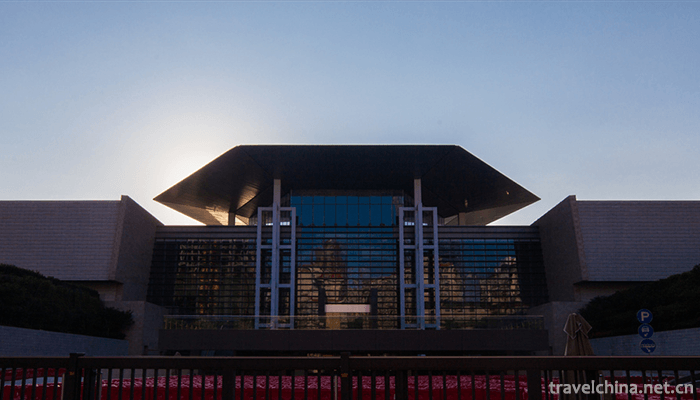
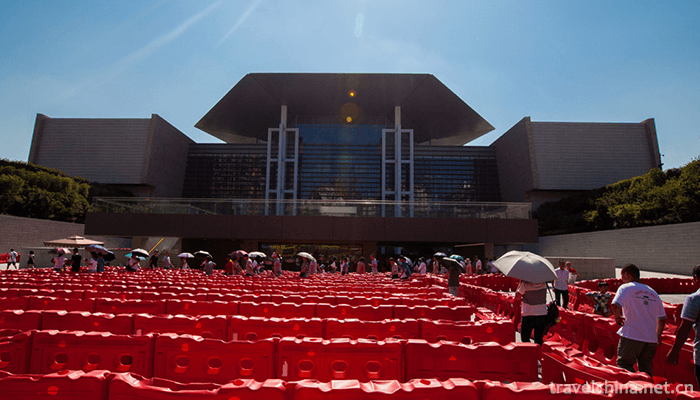

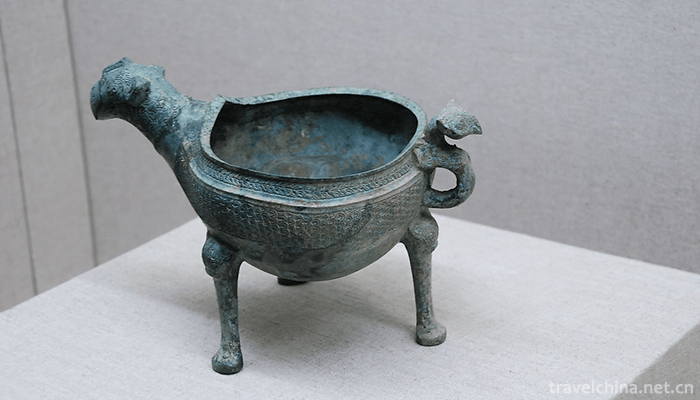
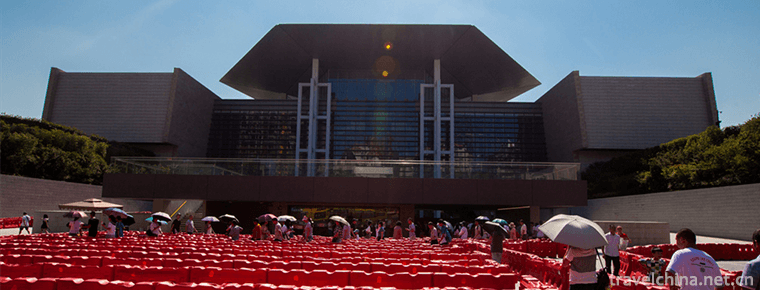
Hunan Provincial Museum
-
Nanzhao Custom Island Dali
Nanzhao Custom Island in Dali is one of the three islands in Erhai Lake, located in Shuanglang Township at the southeast end of Eryuan County, the golden section of Cang Er National Scenic Area
Views: 189 Time 2019-01-06 -
Tongzhou Forest Park of Grand Canal
Tongzhou Forest Park of the Grand Canal is located on both sides of the North Canal of Tongzhou New Town, Beijing. It starts from Luyang Bridge on the Sixth Ring Road in the north and Wuyao Bridge in
Views: 109 Time 2019-01-07 -
Longtan Ecotourism Resort
Lianzhou Longtan Eco-tourism Resort is a tourism project invested and constructed by Lianzhou Aidi Tourism Development Co., Ltd. of Qingyuan City. Based on the original Huangchuan
Views: 158 Time 2019-01-19 -
Jinan Baili Yellow River Scenic Area
Jinan Baili Yellow River Scenic Area is adjacent to the northern part of Jinan City. The south gate of the Scenic Area is directly connected to Jinan City's central axis - Jilu Road
Views: 104 Time 2019-01-20 -
Kunlun Mountains
Kunlun Mountain, formerly known as Kunlunqiu, also known as Kunlunxu, is the god mountain in ancient Chinese legend, the ancestor of Wanshan Mountain, the birthplace of Chinese civilization, and the k
Views: 176 Time 2019-01-29 -
Babu Zhai soup
Babaozhai soup is a traditional dish of Guangdong Province, which belongs to Cantonese cuisine. The soup tastes elegant and light, fresh and tasty, nutritious and has strong nourishing function.
Views: 300 Time 2019-03-27 -
Guangchang Meng Opera
Guangchang Mengxi Opera, a traditional local drama popular in Guangchang County, Jiangxi Province, is one of the national intangible cultural heritage.
Views: 130 Time 2019-05-01 -
Manchu Ergui wrestling
Ergui wrestling is a traditional Manchu folk dance spread in the urban and rural areas of Longhua County, Hebei Province. It was formed in the late Qing Dynasty (around 1820 A.D.) and flourished betwe
Views: 124 Time 2019-05-17 -
Construction Techniques of Tujia Diaojiao Building
Tujia hanging-feet building construction skills, Hubei Xianfeng County, Hunan Yongshun County, Chongqing Shizhu Tujia Autonomous County, local traditional skills, one of the national intangible cultur
Views: 159 Time 2019-06-23 -
Yangzhou Qingqu
Yangzhou Qingqu, also known as "Guangling Qingqu" and "Weiyang Qingqu", is a form of Musical Singing developed on the basis of popular songs and minors popular in Yangzhou during t
Views: 151 Time 2019-07-10 -
Guo Ziyi
Guo Ziyi (697 - 781 years), Zi Zi Yi, Iowa Zheng county (now Shaanxi) Weinan city Hua Zhou District ) People. The famous Tang Dynasty Politician , Militarist
Views: 268 Time 2019-09-07 -
Social undertakings in Mianyang
In 2018, Mianyang City applied for provincial science and technology projects and implemented 132 million yuan of free funds. There are 272 high-tech enterprises in the city, including 5 national engineering technology research centers and 19 provincial
Views: 144 Time 2020-12-14
